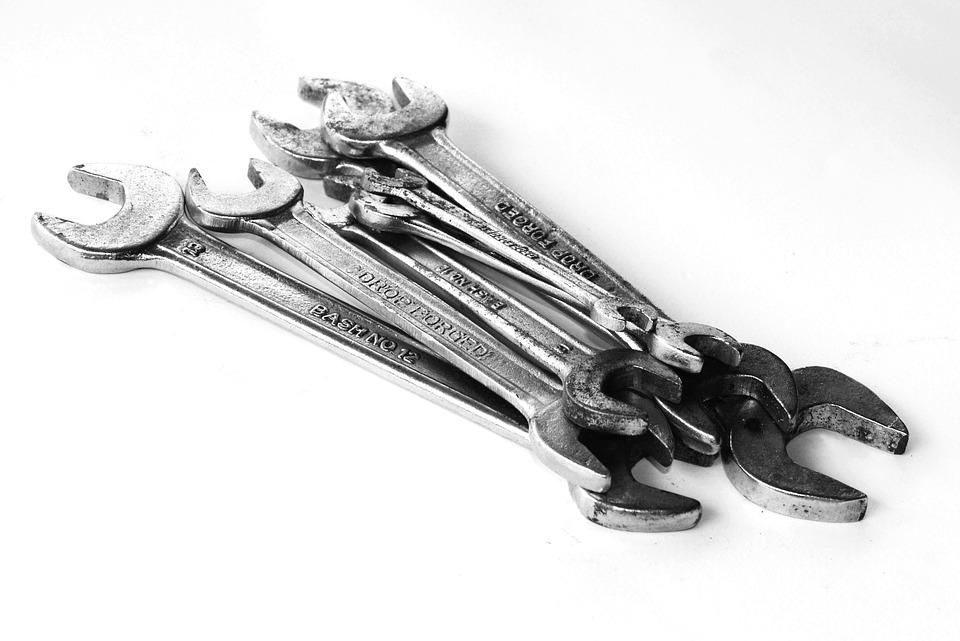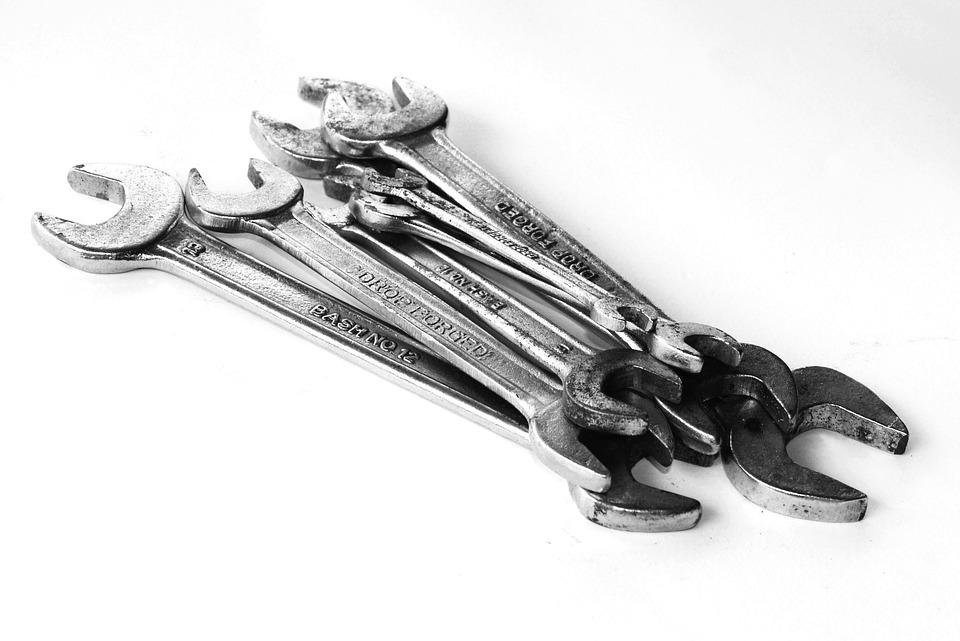 More and more people these days are jumping ships from the conventional and traditional tools used for central heating, the furnace, to heat pumps. Why? Well, one of the reasons is that heat pump technology has come a long way and now modern heat pumps offer one of the best and most efficient ways to get heat into your home. Another benefit is that, unlike furnaces, heat pumps perform both the heating and the cooling needed in a home, essentially replacing two HVAC units with one.
More and more people these days are jumping ships from the conventional and traditional tools used for central heating, the furnace, to heat pumps. Why? Well, one of the reasons is that heat pump technology has come a long way and now modern heat pumps offer one of the best and most efficient ways to get heat into your home. Another benefit is that, unlike furnaces, heat pumps perform both the heating and the cooling needed in a home, essentially replacing two HVAC units with one.
But still, for many, much is misunderstood about the heat pump. How they work, how to keep them healthy, and how to search for the best one for you are all questions that remain in the air for the majority of the uninitiated. So today we’re going to look at one aspect of heat pump ownership in detail, maintenance.
How Does a Heat Pump Work
Heat pumps are efficient systems because they do both the cooling and the heating for your home all in one.
- In the warmer months, heat pumps take the heat out of the air in the house and vent it outside.
- In the cooler months, heat pumps take warmth from the outside and pump it into the house.
- Almost all heat pumps distribute warm or cool air through forced-air delivery systems, aka ductwork in the house.
Think of a heat pump as a heat transporter constantly moving warm air from one place to another, to where it’s needed or not needed, depending on the season. Even in air that's seems too cold, heat energy is present. When it's cold outside a heat pump extracts this outside heat and transfers it inside. When it’s warm outside, it reverses directions and acts like an air conditioner, removing heat from your home.
Types of Heat Pumps
There are two common types of heat pumps, air sourced and ground sourced.
- Air sourced heat pumps operate as their name suggests and they draw their heat from the air outside during the cool months and move it inside.
- Ground sourced heat pumps use the heat from the earth below your home and as this is more stable temperature-wise, ground sourced heat pumps are more efficient. They’re less common however due to the fact that they are more expensive and taxing to install.
What Are the Major Components of a Heat Pump?
Heat pumps have two main components, an indoor unit that acts as an air handler and an outdoor unit that looks a lot like your standard air conditioner but is referred to as the heat pump. Your standard heat pump, however, doesn’t require a lot of parts. In fact, it’s typically made up of the following components
- Refrigerator coils
- A compressor
- A reversing valve
- Two fans.
The key to the heat pump is the refrigerant. Like an air conditioner, the refrigerant absorbs heat and then releases it. The main difference is that the reversing valve can change the direction of the refrigerant depending on whether the machine is trying to take the heat outside from in or take the heat inside from out.
Thermostat Tips for Your Heat Pump
When it comes to a heat pump, the way you’ll be interacting with it the most is through the thermostat. Some ways of using this device are better for your heat pump and your utility bill than others. Here are a few things to keep in mind if you’re trying to maximize the efficiency and lifespan of your heat pump.
- Try to not adjust the temperature setting too much. Frequent temperature changes put more of a strain on the heat pump than necessary and the constant adjusting can cause higher utility costs, especially in the winter.
- It’s better to either pick a good compromising temperature that is warm enough to be comfortable or to use a programmable thermostat so that the heat pump runs less when everyone is out of the house or sleeping.
- Try to limit these programmed temperature changes to twice a day. The less adjusting the heat pump has to do the better. Doing so will also maximize the savings on your energy bill.
What Temperature Should I Set My Heat Pump?
A good rule of thumb for programmable thermostat settings is to set the temperature around 5 degrees colder in the heating season when it is in conserving mode. And of course, everyone’s comfort level is a little different but generally, it is considered wise to set your thermostat to 65 to 68 degrees in the fall and winter and no cooler than 70 in the summer and spring.
Air Filter Tips for Your Heat Pump
One of the most important and easiest maintenance tasks you should be doing in order to preserve the energy efficiency and health of your heat pump is to regularly check and change the air filter.
How Do I Find the Air Filter In My House?
The air filter is a rectangular piece of equipment that is located directly behind one of the intake air vents in your house. It filters the air that flows through the system and removes unwanted particles and potential contaminants in the air. This makes the indoor air quality better and keeps dust and other debris that could wear down the heat pump out of the vents.
How Often Should Heat Pump Filters Be Changed?
But air filters get dirty fairly quickly and need to be replaced at regular intervals. How often is going to depend on the air filter - you should check the manufacturer’s instructions but generally, it is recommended that you inspect your air filters every month or two. It’s as easy as opening up the intake air vent with a screwdriver and taking the filter out. Check it to see if it is dirty. If you can’t see through the filter then it is probably time to change it out.
Make sure you purchase a new filter with the same dimensions as the old one. If you do this every month or two you can rest assured that your heat pump isn’t getting an excess of dust and debris clogging up its parts and causing damage.
Outdoor Unit Maintenance Tips for Your Heat Pump
Every heat pump consists of a system that includes both an outdoor unit and an indoor unit. There are certain considerations you need to be aware of it terms of maintenance for your outdoor unit.
How Do I Maintain My Outdoor Unit?
Make sure there is ample space around the unit. Keep shrubs pruned back at least 18 inches from all sides of the heat pump. This is to allow for proper airflow and servicing. Keep things like leaves and other debris out of this area around the heat pump as well. Obstructions and things of this nature can get into the indoor unit and cause it to overheat.
How Do You Clean Condenser Coils on a Heat Pump?
The largest component in the outdoor unit is the condensing coil (you can see the coil’s narrow metal fins through the unit’s casing). While the unit sucks in air, it unfortunately also pulls dirt, grass, pet hair, etc. into those fins. Keeping it clean and free of obstructions is as critical as keeping clean filters in your home. The consequences of a dirty outdoor unit are the same as those listed for dirty filters, including home warranty claim denial for lack of maintenance. The coil can be cleaned and this doesn’t require the help of a professional if you’re willing to be cautious and thorough.
- Lightly spray the coil with water to get started.
- You can manually remove clumps of hair or debris
- Use work gloves and work gently as the fins are sharp and are easily bent.
How Do You Protect Your Heat Pumps Outdoor Unit?
Protect the outdoor unit by putting up a barrier (such as latticework).
- Make sure you allow at least 12 inches of clearance on all sides.
- Check there are no obstructions within 5 to 6 feet above the unit to allow for proper airflow from the fan.
This protection is also useful and perhaps even vital if you have pets. Pet urine can be extremely damaging to the coils in the outdoor unit so having a protective barrier up that prevents your pet from using the outdoor unit as a bathroom can save you a big headache and repair costs in the future.
Indoor Unit Maintenance Tips for Your Heat Pump
Of course just as there are things you can do to help maintain your outdoor unit there are tips you can follow when it comes to the indoor unit as well.
Do Heat Pumps Have Condensate Drains?
Yes, aside from producing conditioned air, furnaces and heat pumps also produce condensation. This water collects in the drain pan at the base of the indoor unit and is subsequently pumped out of your home via a condensate pump and condensate tubing. Gunk can build up in the condensate lines, caused by mildew and dirt that has passed through dirty filters. When the condensate line becomes clogged, water will leak from the base of the unit. This results in flooring, property, and ceiling damage.
How to Clean Heat Pump Drain Line
Full proper maintenance will require the help of a professional but there are some basic cleaning tasks you can take on yourself to help maintain the health of your heat pump’s indoor unit.
- You can clean your condensate drain lines by pouring about 1/4th of a cup of bleach into your drain trap (look for the PVC cap coming from the indoor unit).
- This same strategy can be applied alternately to the condensate pump itself. This is the rectangular box located near the base of the indoor unit. Most have a round access hole & plug.
- Gently remove the flexible condensate tubing that comes from the pump, and blow into it.
How to Protect Your Indoor Unit
Another important consideration to keep in mind is that during the heating season your heat pump itself is going to be operating at a pretty high temperature. That means there is a fire risk that can be significantly lowered by careful consideration of what is around the indoor unit. Keep all flammable materials away from your indoor unit.
Keep Your Heat Pump Running Smoothly with Regular Maintenance
As you can see, there is plenty that the average heat pump owner can do to maintain and take good care of their heater so that the risk of repairs being needed is minimal and the energy efficiency of the unit stays high. Regular cleaning and changing of the air filter are two of the most important and relatively simple tasks you can do. Of course, if you really want your heat pump to remain efficient and healthy for a long time the best thing you can do is call a professional company like AC Express to get a full preventative maintenance check done.
Contact AC Express today at (512) 866-5520 to learn more about heat pumps and how to maintain them.



